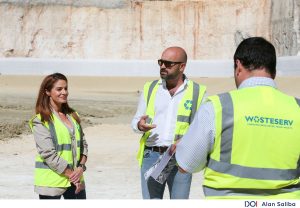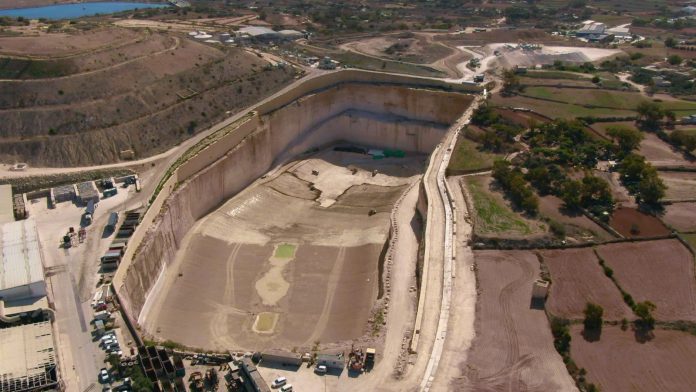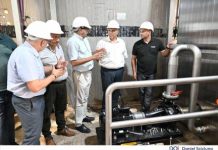An innovative project led by WasteServ where a landfill previously used for storing mixed plastic waste was excavated vertically to increase its capacity without affecting the existing footprint.
This initiative is in line with government’s principle of protecting agricultural land while the country benefits from fewer landfills and more open spaces.
This landfill, which now covers an area of 30,000 square metres, has been excavated to a depth of 55 metres.
This is a significant step towards maximising land use so that no further agricultural land is taken up.
During an onsite visit with journalists, Minister for the Environment, Energy and Enterprise Miriam Dalli, together with WasteServ CEO Richard Bilocca, gave an explanation on the progress made. This project is part of a broader initiative to strengthen Malta’s waste management system whilst promoting sustainable land use.

“While we are investing in new infrastructure, we are also looking to implement innovative solutions. Whereas in the past agricultural land was taken, the direction today is not to take up any such land. We are now looking into maximising the capacity of an existing landfill to extend its operational life and protect agricultural land. This is an important step for sustainability,” stated Minister Miriam Dalli.
Unlike traditional landfills, this one has been excavated vertically to maximise the volume compared to a traditional landfill of the same footprint and height. Once completed, this landfill will have a total volume of around 953,000 cubic meters.
To continue its commitment to environmental sustainability, WasteServ ensured that all material excavated from this project was reused in the construction industry, generating no waste in the process.
WasteServ CEO Richard Bilocca highlighted the importance of this project, saying, “WasteServ is playing a crucial role in protecting the environment and enabling the transition toward a more circular economy. We are committed to modernising the waste management sector whilst protecting agricultural land.”
Once operational, this landfill will be used to store the residual material at the end of the waste-to-energy process, contributing to more sustainable waste management solutions.
Photos: DOI/MEER
![]()








